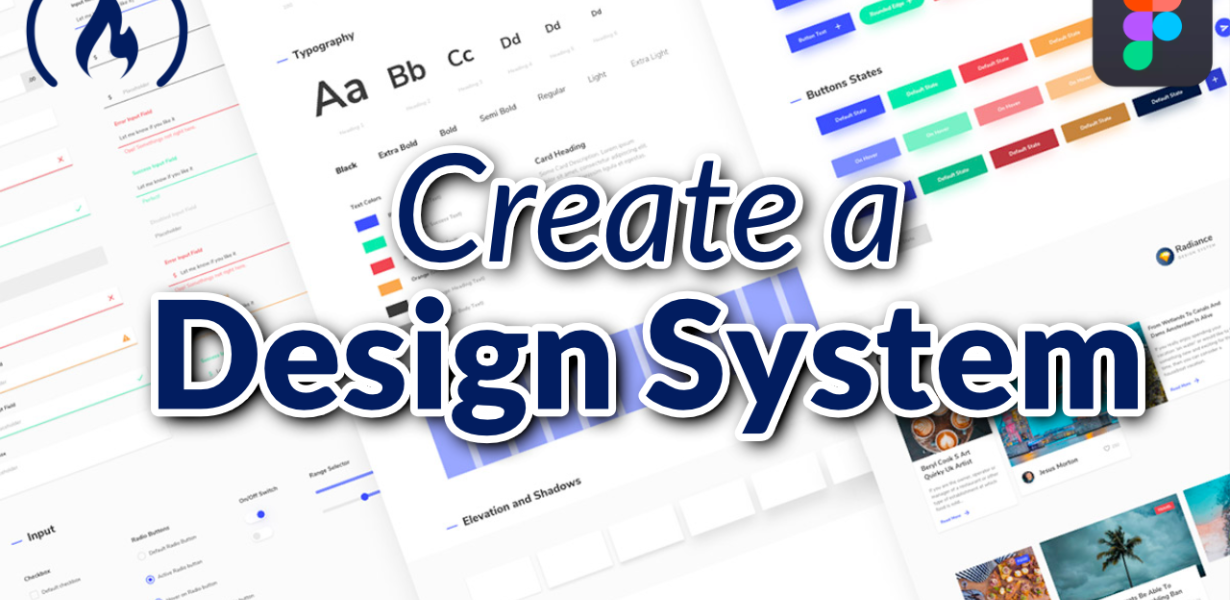
Empowering Design Systems: How Figma’s Component Variants Boost Workflow Efficiency
- Post
- August 7, 2023
- Figma, Graphic Design, Web Design
- 0 Comments
Figma’s component variants offer a dynamic approach to design systems. By allowing designers to create variations of components within a single master component, Figma enables greater flexibility and customization. Gone are the days of duplicating components for every minor variation. With component variants, design teams can save valuable time and effort while maintaining design consistency.
Figma’s Component Variants: A Workflow Efficiency Booster
In today’s fast-paced design industry, efficiency is paramount. Figma’s component variants come to the rescue by streamlining the design process, reducing redundancy, and enhancing collaboration. Let’s explore some of the key benefits of using component variants in your design projects:
Effortless Customization:
With component variants, designers can easily tweak specific elements of a component without affecting the entire design system. This level of granularity allows for quicker iterations and empowers designers to achieve pixel-perfect customizations.
Enhanced Collaboration:
Design teams can now work seamlessly together on the same design files, making real-time changes, and providing instant feedback. Figma’s cloud-based platform ensures that everyone is on the same page, fostering a more efficient collaborative environment.
Consistency and Reusability:
Maintaining design consistency across various screens and projects is effortless with component variants. Designers can create a library of reusable components that can be used across multiple projects, saving time and effort in the long run.
Time-Saving Iterations:
Component variants significantly speed up the iteration process. Designers can quickly test different design ideas by swapping variants, allowing them to make data-driven design decisions more rapidly.
Responsive Design Made Easier:
Figma’s component variants perfectly complement the responsive design approach. Designers can create variants tailored to different screen sizes, resolutions, or devices, ensuring a flawless user experience across all platforms.
The Power of Figma Design Templates and Resources
Figma’s robust library of design templates and resources complements the functionality of component variants, further boosting design workflow efficiency. Designers can access an extensive range of pre-designed components and UI elements, accelerating the design process while maintaining visual consistency.
The Ease of Creating and Managing Component Variants
Creating component variants in Figma is an intuitive process. Here’s a step-by-step guide on how to create and manage component variants effectively:
Designing the Master Component:
Start by creating the master component that will serve as the base for all variations. This could be a button, card, or any other UI element.
Adding Variants:
Duplicate the master component and make the necessary adjustments to create variants. For instance, you can create different color schemes, sizes, or icon variations.
Organizing Variants:
Figma allows you to organize variants using the “Swap” and “Swap Instance” functionality. This ensures that designers can easily navigate through different variants.
Creating Component Sets:
Designers can group related variants into component sets. This allows for easy management and ensures that the design system remains tidy and well-structured.
Commonly Asked Questions
Q1: Can I use component variants for web and mobile design projects simultaneously?
A: Absolutely! Figma’s component variants are versatile and can be used across various design projects, making them an ideal choice for both web and mobile design.
Q2: Will using component variants affect the performance of my Figma files?
A: No, Figma’s performance remains exceptional even with the use of component variants. The cloud-based nature of Figma ensures smooth collaboration and design operations.
Q3: How do component variants save time in the design process?
A: Component variants eliminate the need to recreate similar components from scratch. Designers can easily switch between variants, making design iterations quicker and more efficient.
Q4: Can I customize the interactions and animations of component variants?
A: Yes, component variants can be customized with interactions and animations, adding dynamic elements to your designs and enhancing the overall user experience.
Q5: Can I collaborate with team members who are not familiar with Figma’s component variants?
- A: Absolutely! Figma’s user-friendly interface and cloud-based collaboration features make it easy for all team members to work together seamlessly.
Final Words
In conclusion, Figma’s component variants empower designers to unleash their creativity and streamline their workflows. By enabling effortless customization, enhancing collaboration, ensuring design consistency, and saving valuable time, Figma has truly revolutionized the design industry. Embrace the power of Figma’s component variants today and elevate your design projects to new heights.



